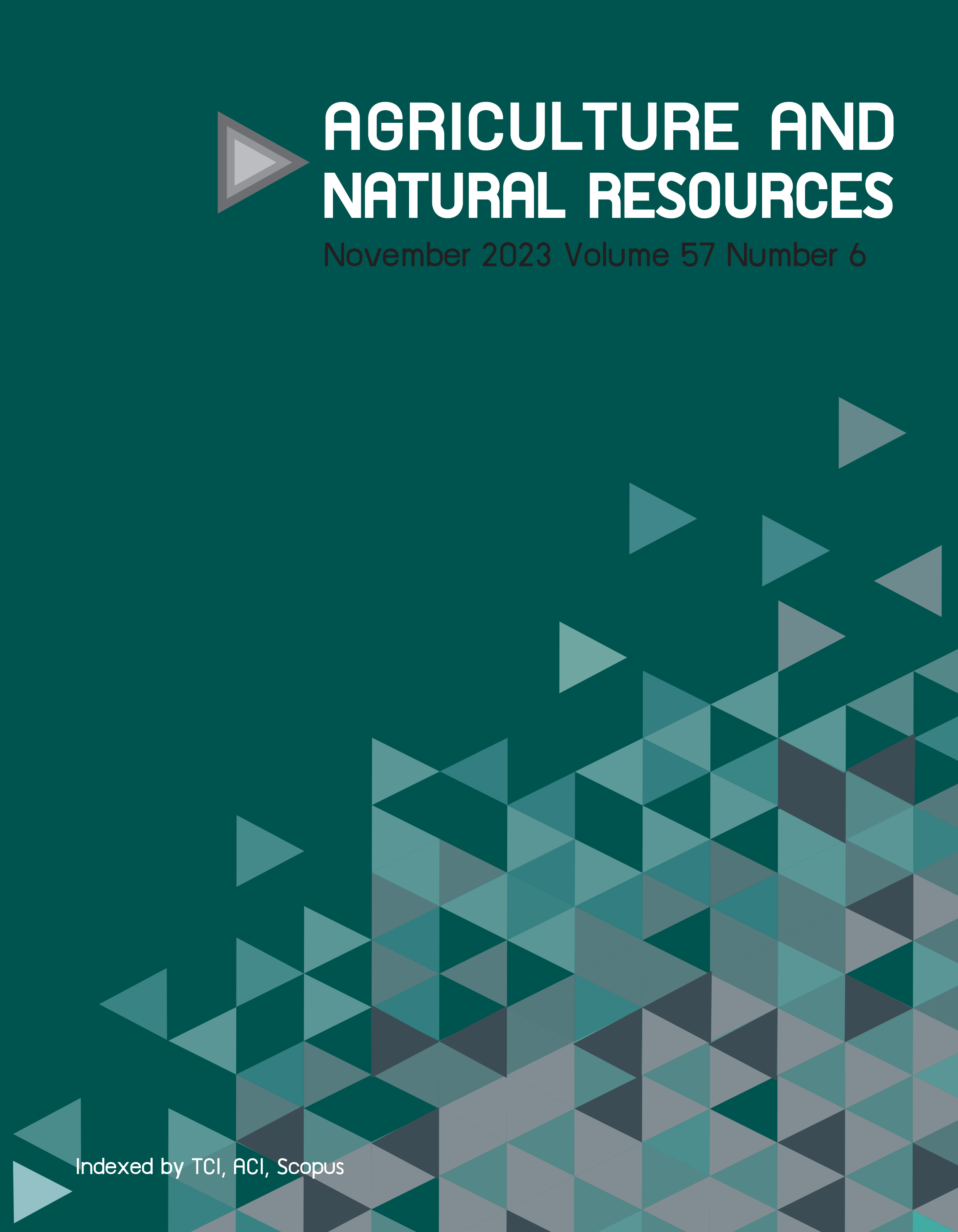Potency of Indian gooseberry peel supplementation for suppressing rumen methane production via alteration of rumen microbiota: Batch culture evaluations
Keywords:
Archaea, Bacteria, Indian gooseberry peel, Methane, RumenAbstract
Importance of the work: There is an urgent need to find feed additive candidates for mitigating enteric methane in ruminants for sustainable animal production.
Objectives: To evaluate Indian gooseberry peel (IGP) as one of the new additive candidates for rumen methane mitigation.
Materials & Methods: The methane-suppressing potency of IGP was assessed by measuring gas production in two in vitro studies using cattle rumen fluid. Studies were performed using different supplementation levels of IGP (0–20% in total substrate; experiment 1), and dietary substrate with different hay-to-concentrate ratios (33:67 and 67:33; experiment 2). The rumen microbial response to IGP supplementation was monitored based on MiSeq amplicon sequencing analysis.
Results: IGP supplementation at ≥5% suppressed methane production without affecting hydrogen gas and total short-chain fatty acid production. These changes were consistent, irrespective of differences in the hay-to-concentrate ratio, while the degree of methane suppression was in the range 10–14%. A simultaneous increase in lactate concentration was observed with IGP supplementation, with minimal changes in short chain fatty acid proportions. The MiSeq analysis revealed specific changes in rumen microbiota associated with IGP supplementation, with a decrease in Christensenellaceae R7 involved in hydrogen production and an increase in Lachnospiraceae NK3A20 related to lactate production being notable for bacteria, whereas a decrease in Methanobrevibacter and increases in Methanosphaera and Methanomicrobium were observed for methanogenic archaea.
Main finding: IGP could be a candidate feed to mitigate rumen methane production without depressing rumen digestive capability at 5–15% supplementation in the diet, suggesting microbial and metabolic changes.
Downloads
Published
How to Cite
Issue
Section
License
Copyright (c) 2023 Kasetsart Universityonline 2452-316X print 2468-1458/Copyright © 2022. This is an open access article under the CC BY-NC-ND license (http://creativecommons.org/licenses/by-nc-nd/4.0/),
production and hosting by Kasetsart University of Research and Development Institute on behalf of Kasetsart University.







